Well, let's make a mathematical closed solution. I know that this is maybe above the OP's knowledge, but I think it is important to show it in combination with the other answers given.
The Shockley diode equation, gives the relation between the voltage across and the current through a diode:
$$\text{I}_\text{D}=\text{I}_\text{S}\left(\exp\left(\frac{\text{q}\text{V}_\text{D}}{\eta\text{k}\text{T}}\right)-1\right)\space\Longleftrightarrow\space\text{V}_\text{D}=\frac{\eta\text{k}\text{T}}{\text{q}}\cdot\ln\left(\frac{\text{I}_\text{D}}{\text{I}_\text{S}}+1\right)\tag1$$
Where \$\text{I}_\text{D}\$ is the diode current, \$\text{I}_\text{S}\$ is the reverse bias saturation current, \$\text{V}_\text{D}\$ is the voltage across the diode, \$\text{q}\$ is the electron charge, \$\text{k}\$ is the Boltzmann constant, \$\text{T}\$ is the temperature and \$\eta\$ is the ideality factor.
So, for your case we can see that:
$$\text{V}_\text{source}=\text{V}_\text{D}+\text{V}_\text{R}\tag2$$
Using Ohm's law, we can see that:
$$\text{V}_\text{R}=\text{I}_\text{R}\cdot\text{R}\tag3$$
Because the diode and resistor are in series we know that:
$$\text{I}:=\text{I}_\text{D}=\text{I}_\text{R}\tag4$$
So, we get:
$$\text{V}_\text{source}=\frac{\eta\text{k}\text{T}}{\text{q}}\cdot\ln\left(\frac{\text{I}}{\text{I}_\text{S}}+1\right)+\text{I}\cdot\text{R}\tag5$$
Now, we can solve \$(5)\$ for \$\text{I}\$ and plug it into \$(1)\$ in order to find the voltage across the diode.
If you solve my last statement you will find:
$$\text{V}_\text{D}=\text{V}_\text{source}+\text{I}_\text{S}\text{R}-\frac{\eta\text{k}\text{T}}{\text{q}}\cdot\mathcal{W}\left(\frac{\text{q}\text{I}_\text{S}\text{R}}{\eta\text{k}\text{T}}\cdot\exp\left(\frac{\text{q}\left(\text{I}_\text{S}\text{R}+\text{V}_\text{source}\right)}{\eta\text{k}\text{T}}\right)\right)\tag6$$
Where \$\mathcal{W}\left(\cdot\right)\$ is the product log function or Lambert W function.

